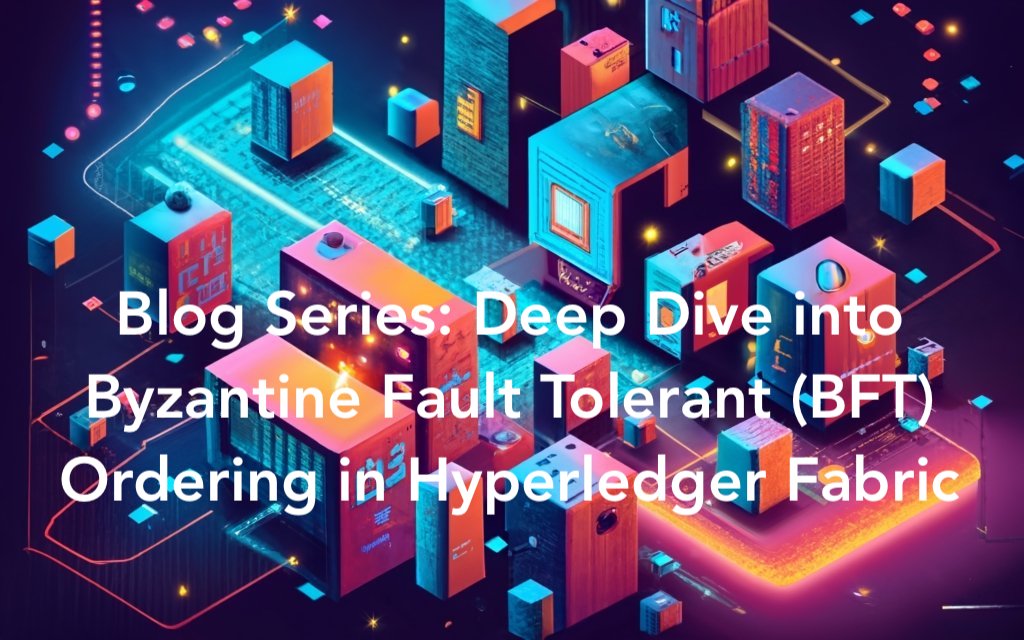Welcome to our blog series on Byzantine Fault Tolerant (BFT) Ordering in Hyperledger Fabric. In this series, we will take a deep dive into the concept of BFT ordering, its importance in distributed systems, and its application in the Hyperledger Fabric framework.
Throughout the series, we will explore the intricacies of BFT ordering and how it offers enhanced security, resiliency, and trust in permissioned blockchain networks. We will compare BFT ordering with Crash Fault Tolerant (CFT) ordering to understand their differences and help you make informed decisions when choosing the right ordering mechanism for your blockchain applications.
The series will cover various aspects of BFT ordering, including the implementation of the BFT ordering service with SmartBFT in Hyperledger Fabric v3.0. We will provide you with a step-by-step guide to set up and configure a BFT ordering service using SmartBFT, highlighting the underlying consensus protocol and best practices for deployment in production environments.
We will also delve into the architectural aspects of BFT ordering, exploring the roles and responsibilities of different nodes within the BFT ordering service. We will analyze the transaction flow, from proposal to validation and commitment, and shed light on mechanisms such as leader election, consensus, and replication in BFT ordering.
Security and resilience are crucial considerations in any blockchain network, and we will dedicate a blog to protecting against Byzantine nodes. We will discuss the threat model of Byzantine nodes and explore strategies for ensuring security and resilience in the face of malicious attacks. We will cover measures such as node authentication, message validation, and cryptographic techniques for safeguarding the BFT ordering service.
Real-world use cases for BFT ordering in Hyperledger Fabric will be showcased to highlight the practical scenarios and industries where BFT ordering brings significant value. We will discuss use cases in supply chain management, financial services, healthcare, and more, demonstrating the benefits and outcomes achieved by deploying BFT ordering.
Lastly, we will share best practices and considerations for implementing BFT ordering in Hyperledger Fabric. Drawing from real-world deployments, we will provide insights into scalability, performance optimization, and configuration management, along with tips and recommendations for successfully implementing and maintaining a BFT ordering service.
By the end of this series, you will have a comprehensive understanding of Byzantine Fault Tolerant (BFT) ordering in Hyperledger Fabric, empowering you to make informed decisions and leverage the benefits of BFT consensus in your blockchain applications.
We invite you to embark on this journey with us as we explore the depths of BFT ordering in Hyperledger Fabric. Stay tuned for the first blog in the series: “Introduction to Byzantine Fault Tolerant (BFT) Ordering in Hyperledger Fabric.”










